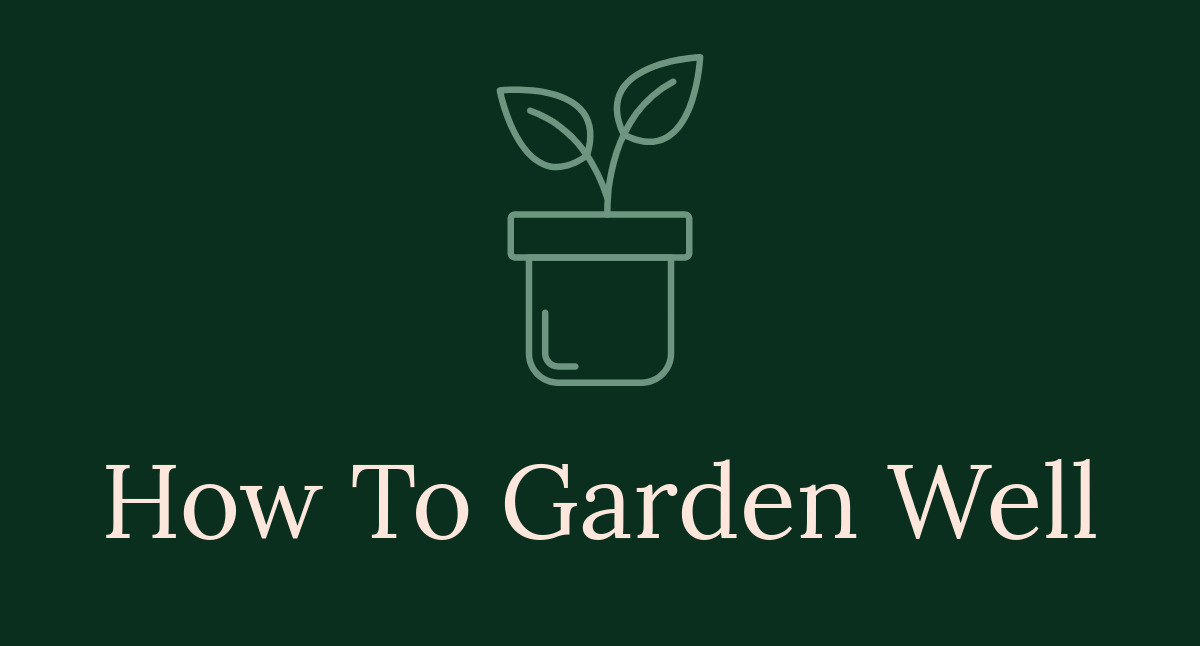
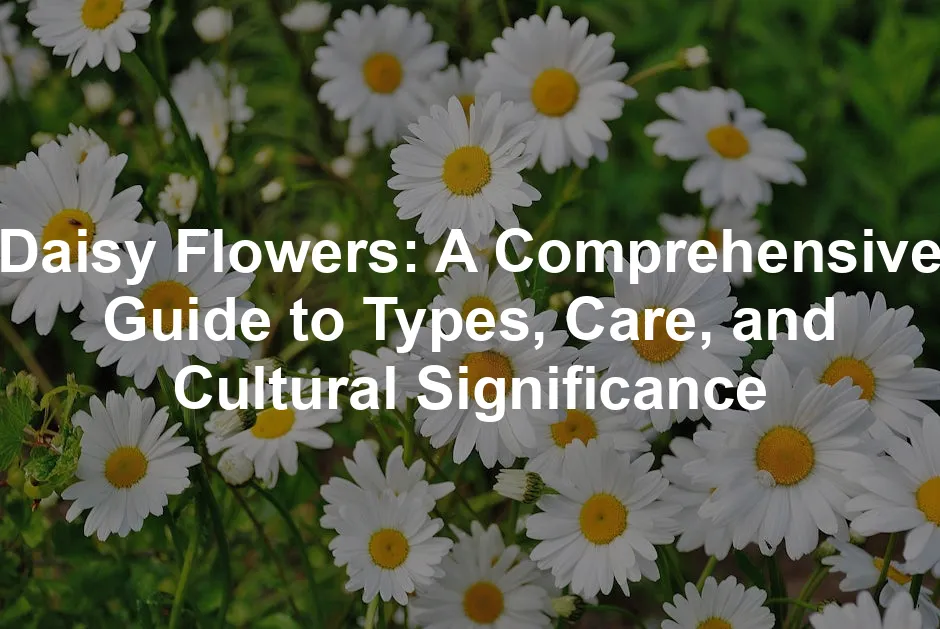
Daisy Flowers: A Comprehensive Guide to Types, Care, and Cultural Significance
Introduction
Daisy flowers are a true delight. Their simple beauty and charm make them favorites among gardeners. With many different species, daisies offer a variety of colors and shapes. These flowers brighten up any garden and are often used in floral arrangements. Let’s explore the types, care tips, and cultural significance of these lovely blooms.
Summary and Overview
Daisies belong to the Asteraceae family, which includes over 20,000 species. This family also features coneflowers and sunflowers. Commonly seen as simple white flowers with yellow centers, daisies actually display remarkable diversity. They thrive in various environments, from tropical to coastal settings.
Daisies are cherished in gardens for their vibrant colors and longevity. They are often included in floral arrangements for their cheerful appearance. In this article, we will cover different types of daisies, essential care tips, and their cultural meanings. Whether you’re an experienced gardener or a beginner, you’ll find valuable insights here.
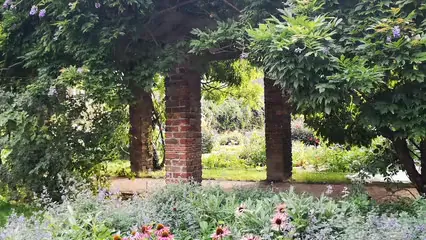
Types of Daisies
Understanding Daisy Classification
Daisies belong to the Asteraceae family, a vast group with around 20,000 species. This family includes popular flowers like sunflowers and chrysanthemums. Daisies are characterized by their flat, disc-shaped blooms with petals radiating from a central hub. The variety within this family means daisies come in numerous colors, sizes, and shapes, making them a diverse addition to any garden.
Popular Daisy Varieties
Daisies are not just charming; they also come in many varieties, each with unique traits. Here are some popular types:
- 1. Shasta Daisy (Leucanthemum × superbum)
– Blooms: Spring and summer
– Hardiness Zones: 4 to 9
– Characteristics: Known for its classic white petals and yellow center, the Shasta daisy is a perennial favorite. It reaches heights of 1 to 4 feet and thrives in full sun. This daisy adds a cheerful touch to any garden and is excellent for cutting. You can easily grow your own by getting some Shasta Daisy Seeds. - 2. Gerbera Daisy (Gerbera jamesonii)
– Blooms: Late spring through fall
– Hardiness Zones: 8 and warmer (annual in cooler areas)
– Characteristics: Gerbera daisies bring vibrant colors like yellow, pink, and red. They grow 12 to 18 inches tall and prefer full sun. Their large, showy blooms make them popular in floral arrangements. If you’re looking to brighten your garden, consider planting Gerbera Daisy Seeds. - 3. African Daisy (Osteospermum spp.)
– Blooms: Summer through fall
– Hardiness Zones: 10-11
– Characteristics: These daisies feature bright, colorful petals that can be purple, white, or yellow. They thrive in full sunlight and are drought-tolerant, making them suitable for low-maintenance gardens. Grab some African Daisy Seeds to get started!
Each of these varieties brings something special to the table, whether it’s their color, ease of growth, or blooming seasons. If you’re interested in planting daisies, visit your local nursery to find these fantastic options and more. You might just discover the perfect daisy for your garden!

Growing Daisies
Ideal Growing Conditions
Daisies love sunshine! Aim for at least six hours of direct sunlight daily. This exposure helps them produce vibrant blooms. When choosing a spot, look for an area that stays bright and cheerful.
Next, focus on the soil. Daisies prefer well-draining, nutrient-rich soil. Heavy, compacted dirt can lead to root rot. To prepare, mix organic matter into your garden soil. This will enhance drainage and provide essential nutrients. Consider using Organic Fertilizer for Flowers to boost your soil’s nutrient levels!
Watering is crucial, but don’t overdo it. Most daisies are drought-tolerant once established. A good rule of thumb is to water them weekly. Check the soil moisture before watering. If it’s still damp, wait a few days.
Different daisy types thrive in various USDA hardiness zones. For instance, Shasta daisies flourish in zones 4 to 9. Gerbera daisies do best in warmer zones 8 and above.
For more detailed guides on soil preparation and gardening basics, check out our raised bed gardening tips and tricks!
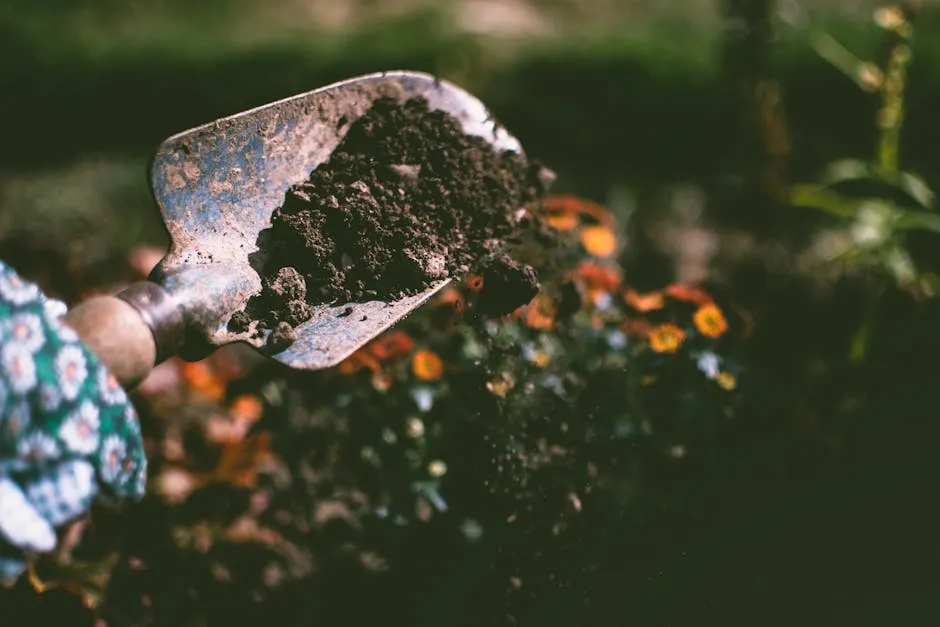
For more information on how to grow and care for your garden, visit our comprehensive guide on raised bed gardening. raised bed gardening tips and tricks
Tips for Daisy Care
Caring for daisies is straightforward. Start with fertilization. Use a balanced fertilizer in spring to encourage growth. If you want more blooms, switch to a high-phosphorus option before they flower. This helps boost their color and size. Try using Flowering Plant Food for optimal results!
Pruning is another essential task. Regularly deadhead spent blooms to promote new growth. This encourages your daisies to produce more flowers throughout the season. Aim to prune after each blooming cycle.
Keep an eye out for common pests like aphids and spider mites. You can remove these by spraying your daisies with water. Neem oil is an excellent option for treating infestations. It’s natural and effective against many pests. Check out this Neem Oil for Plants to keep your garden healthy!
Daisies typically bloom from late spring through early fall. However, some varieties may continue to flower into winter. This versatility makes them a fantastic choice for any garden.
Have tips of your own for keeping daisies healthy? Share your experiences in the comments!
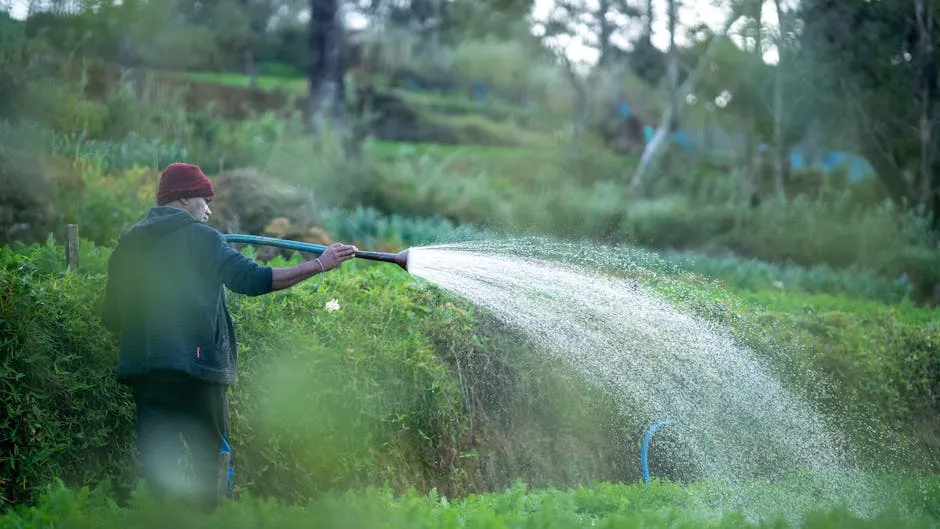
Cultural Significance of Daisies
Symbolism and Meaning
Daisies hold rich meanings across cultures. These flowers often symbolize innocence and purity. In many traditions, they represent new beginnings. For example, in Norse mythology, the daisy is linked to the goddess Freya, embodying love and fertility.
In literature, daisies frequently appear as symbols of hope and renewal. In “The Great Gatsby,” F. Scott Fitzgerald uses daisies to represent the fleeting nature of love. Similarly, in Shakespeare’s works, daisies often signify innocence and simplicity.
Artists have also embraced daisies. Vincent van Gogh painted them to highlight their cheerful vibrance. Their simple beauty captures the essence of nature, making them a favorite subject in various art forms.
What do daisies mean to you? Share your thoughts on their symbolism in the comments!

Daisies in Culinary Uses
Daisy flowers are not just pretty; they are also edible! The petals of certain daisy varieties, like the common daisy (Bellis perennis), can add a fresh, colorful touch to salads. Their mild flavor makes them a delightful garnish.
You can also brew daisy petals into herbal teas. This infusion is not only refreshing but also packed with antioxidants. For a simple recipe, try mixing daisy petals with lemon juice and honey for a unique drink. And speaking of unique drinks, consider investing in a Herbal Tea Infuser to make your tea preparation easier!
Nutritionally, daisies offer vitamins A and C. They can boost your immune system while adding a pop of color to your dishes.
Have you tried cooking with daisies? We’d love to hear about your culinary adventures in the kitchen!
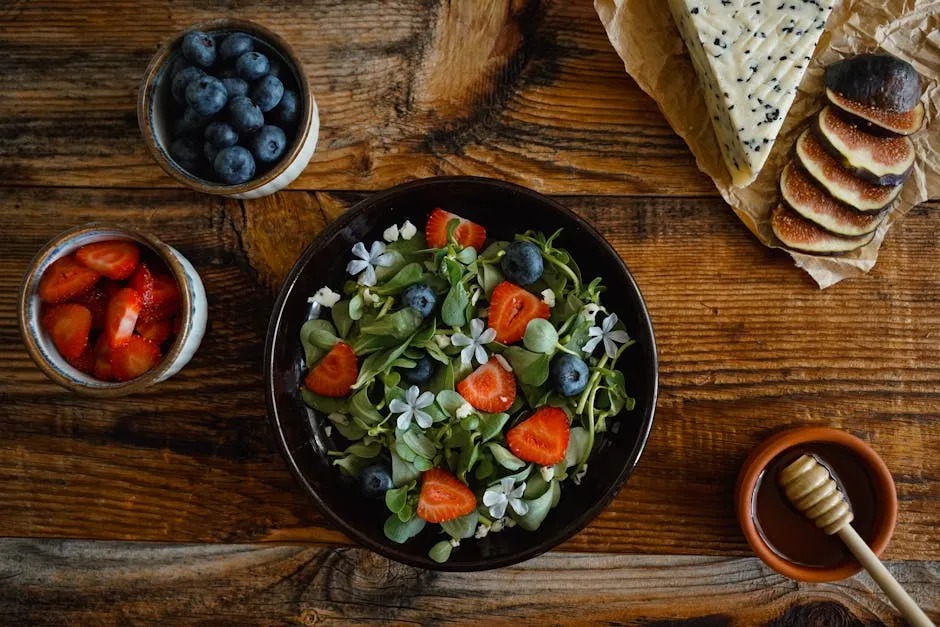
FAQs
Do daisies grow back every year?
Yes, some daisies are perennials. They return year after year. For example, Shasta daisies thrive as perennials in zones 4 to 9. However, some varieties, like Gerbera daisies, are considered annuals in cooler climates. Always check the specific type to know its growing habits.
What do different types of daisies symbolize?
Daisies carry various meanings. For instance, the classic daisy symbolizes innocence and purity. Gerbera daisies, with their vibrant colors, often represent joy and cheerfulness. Each species has its unique symbolism, making them meaningful gifts for different occasions.
Can daisies be grown in shade?
Daisies thrive best in full sun, needing at least six hours of direct sunlight daily. However, some types, like the English daisy, can tolerate partial shade. Always consider the specific variety when choosing a planting location.
How do I prevent pests on my daisies?
To manage pests, regularly inspect your daisies for signs of trouble. Spraying water can dislodge pests like aphids. For more significant issues, consider using neem oil, a natural remedy that effectively targets many common pests.
Are daisies safe to eat?
Yes, certain daisy varieties are edible! Common daisies (Bellis perennis) can be added to salads for a pop of color. Always ensure you identify the species correctly before consuming. Enjoy experimenting with edible daisies in your cooking!
Please let us know what you think about our content by leaving a comment down below!
Thank you for reading till here 🙂 And before you go, don’t forget to check out our Gardening Gloves for the perfect protection while you dig into your gardening adventures!
All images from Pexels
